Last updated on October 15, 2025 · In-depth guide, 5–7 min read
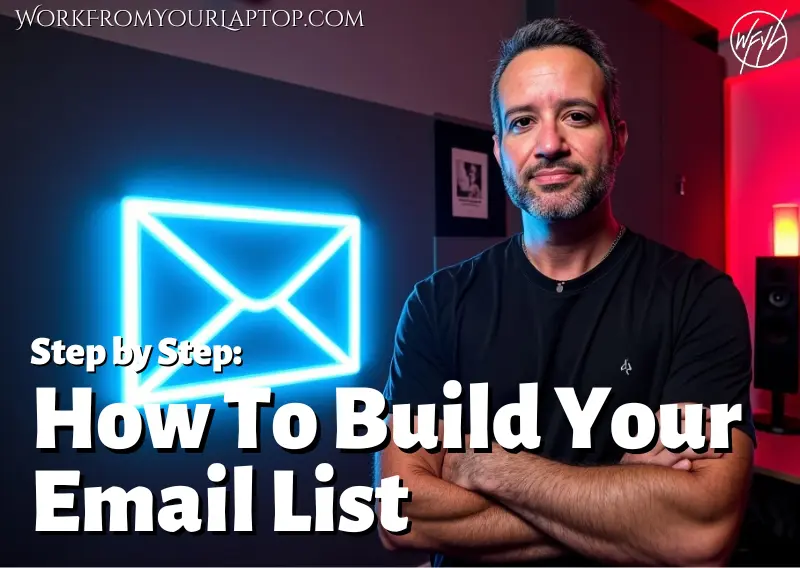
Email lists are one of the most reliable ways to connect directly with your audience and have them stick with you long past the honeymoon phase of finding your website. If you’re still relying only on social media or search traffic to connect, you’re leaving money and relationships on the table.
TL;DR: How To Build an Email List Step by Step
To build an email list, pick an ESP (email service provider), offer a high-converting lead magnet, collect sign-ups with landing pages and opt-in forms, then automate, segment, and follow compliance rules.
- Pick the right ESP – Choose an email platform with automation, integrations, and a price that works as your list grows.
- Create a strong lead magnet – Offer a resource so valuable your audience wants it immediately.
- Use landing pages and opt-ins – Keep them simple and clear so it’s easy to subscribe.
- Automate your welcome sequence – Pre-written emails that build trust and guide new subscribers.
- Segment and stay compliant – Send relevant content to the right people and follow GDPR/FTC guidelines.
What’s In This Article? (Quick Jumps)
- Step 1 – Choose Your Email Service Provider
- Step 2 – Create a Lead Magnet
- Step 3 – Build Your Landing Page
- Step 4 – Add Opt-In Forms to Your Blog
- Step 5 – Set Up Email Automation Sequences
- Step 6 – Segment Your Email List
- Step 7 – Stay GDPR & FTC Compliant
- Final Thoughts
- Frequently Asked Questions
Step 1 – Choose Your Email Service Provider
Your ESP is where your subscribers live, how you send emails, and where you control automations. For beginners, good options are Mailerlite, ConvertKit, and AWeber. They’re beginner-friendly, integrate with blogging platforms, and have enough automation to grow with you.
Pick one, set it up, and move forward. You can always switch later if you outgrow it.
Related article: Check out my AWeber review here. It’s my first ESP and has a free option that’s great for beginners getting started.
Step 2 – Create a Lead Magnet
The key to any successful email newsletter is the lead magnet.
This is the offer that gets people to hand over their email. Most bloggers will say something like “Check out my free PDF checklist on how to create a successful blog!” or something to that affect and have the reader enter their email to get it emailed to them.
This allows you to add that user to your email list and you’ll be able to deliver value to them (and offers) via an email sequence that drips out to them. Keep the lead magnet small enough to use quickly but valuable enough to feel like a win.
Examples:
- PDF checklist
- Mini email course
- Exclusive discount
- Template or swipe file
Match your lead magnet to the topic of your blog so you’re attracting the right people from the start.
Step 3 – Build Your Landing Page
Your landing page is your conversion machine. This is not just a place to “sign up”, it’s the page that convinces someone to say yes.
What makes a landing page convert:
- A benefit-driven headline – Lead with the biggest transformation your lead magnet delivers. Instead of “Free PDF Guide,” go with “Get Your Free 7-Day Meal Plan to Save Time and Eat Healthier.”
- A visual element – Even if your freebie is digital, use a mock up or a clean eBook or worksheet cover. People connect better to something they can picture.
- Short, persuasive copy – Keep it tight. Think short, right to the point paragraphs, explaining what the lead magnet is, who it’s for, and why it’s valuable.
- A single, clear call-to-action – Your page should have one job: collect an email. No extra menu links, no “read my latest posts” distractions.
Pro tip: If you can add a testimonial or quick stat (“Over 1,000 people have downloaded this”), it instantly boosts credibility.
Step 4 – Add Opt-In Forms to Your Blog
Your landing page does the heavy lifting, but opt-in forms placed throughout your site help you catch people in the moment.
Best placements:
- Sidebar widget – Good for desktop readers who are scrolling slowly.
- End of blog posts – Perfect for catching readers who just finished your content and want more.
- In-line forms – Small forms embedded in the middle of relevant posts.
- Exit-intent pop-ups – Triggered when a reader is about to leave your site.
Step 5 – Set Up Email Automation Sequences
Email automation sequences are where your email list starts building real value for you. They work while you sleep, and they ensure every new subscriber gets the same polished experience.
Your starter welcome sequence might look like this:
- Email 1 (Instant) – Deliver the lead magnet, thank them for signing up, and set the tone for your emails.
- Email 2 (Day 2 or 3) – Share your story or mission. People like knowing who they’re hearing from.
- Email 3 (Day 5) – Offer a quick tip or resource that solves a small, specific problem.
- Email 4 (Day 7) – Introduce a relevant product or service. Keep it natural — you’re offering something that fits their needs, not hard selling.
Why this works:
It builds trust before you ever make an offer, and it keeps your name in their inbox while you’re still fresh in their mind.
Step 6 – Segment Your Email List
Email segmentation lets you talk to the right people with the right message. Instead of blasting one generic email to everyone, you create smaller groups based on their interests and actions.
Ways to segment:
- Lead magnet – The topic they signed up for tells you what they care about most.
- Click activity – If they clicked on an affiliate link for “Beginner Photography Gear,” you know they’re interested in that product type.
- Engagement level – Send re-engagement emails to people who haven’t opened in 60 days, and VIP offers to those who click everything.
Segmenting improves open rates, click-through rates, and even your deliverability, because engaged subscribers help your sender reputation.
Step 7 – Stay GDPR & FTC Compliant
Compliance might not be exciting, but it protects you and builds trust.
- GDPR – For EU subscribers, you must get explicit consent, allow easy unsubscribes, and collect only the data you need (usually just name and email). What is GDPR?
- FTC – If you promote affiliate products, disclose it in your emails. A short line like “This email contains affiliate links. If you buy, I may earn a commission at no extra cost to you” is usually all you need.
Never buy email lists. Not only is it against the law in many places, it damages your sender reputation and gets you marked as spam fast.
Save this graphic so you’ve got a quick reference anytime you’re working on your email list. Keep it handy and you’ll always know your next step.
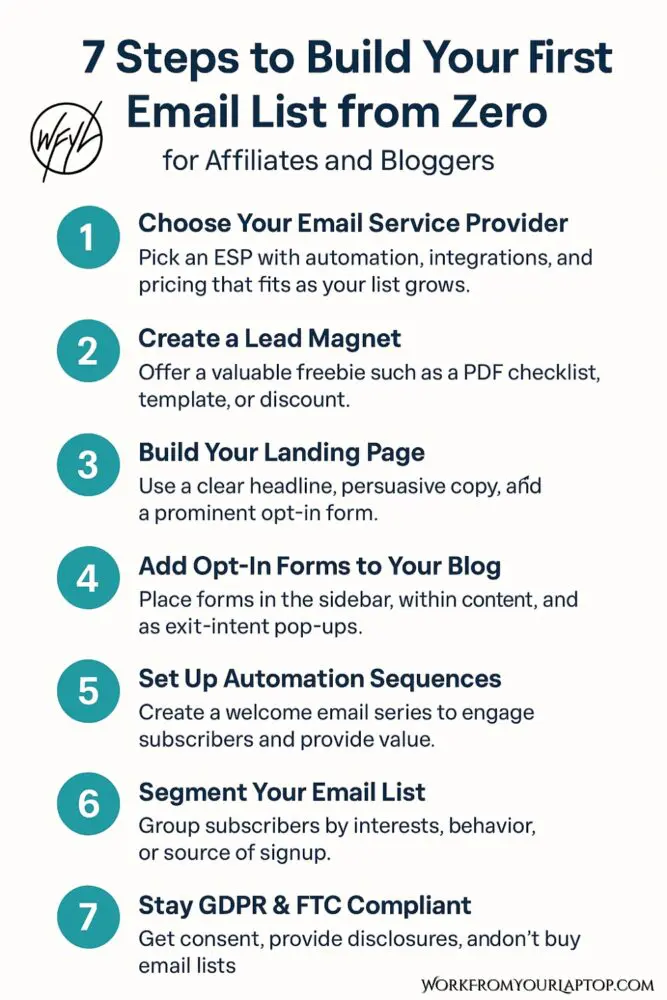
Final Thoughts
Building an email list from scratch means picking the right platform, offering a strong lead magnet, creating focused sign-up points, automating a welcome sequence, segmenting for relevance, and staying compliant from the start.
What do you think? Are you just getting started or looking to grow what you already have? Share your biggest email list challenge below! Your insight might help another reader, and I’m always looking to hear from you and your perspective!
Ready to stop chasing advice and build something that works?
I owe all my success to this training. Trust me, it’s worth taking a look.
🎯 Click here to check out my full review.
Frequently Asked Questions
How often should I send emails to my list?
Once a week is a good starting point. It keeps you present without overwhelming your subscribers.
What’s the best lead magnet for affiliates and bloggers?
Short, actionable resources like checklists, templates, and mini-courses. They’re quick to consume and deliver an immediate benefit.
How can I increase my email list conversion rates?
Use lead magnets that solve a pressing problem, place opt-ins strategically throughout your site, and test different headlines and calls-to-action to see what converts best.
Want to Deep Dive Further Into Email & List Building?
- How to Set Up an Email Automation Sequence That Actually Converts
- How to Start a Newsletter That Works: Easy Tips for Beginners
- Email Segmentation 101 – Avoid Spam and Boost Conversions
- Creating High-Converting Lead Magnets
- Build Your First Email List from Zero, Step-by-Step
- Systeme.io Review: Is It Worth Switching Your All‑in‑One Platform?
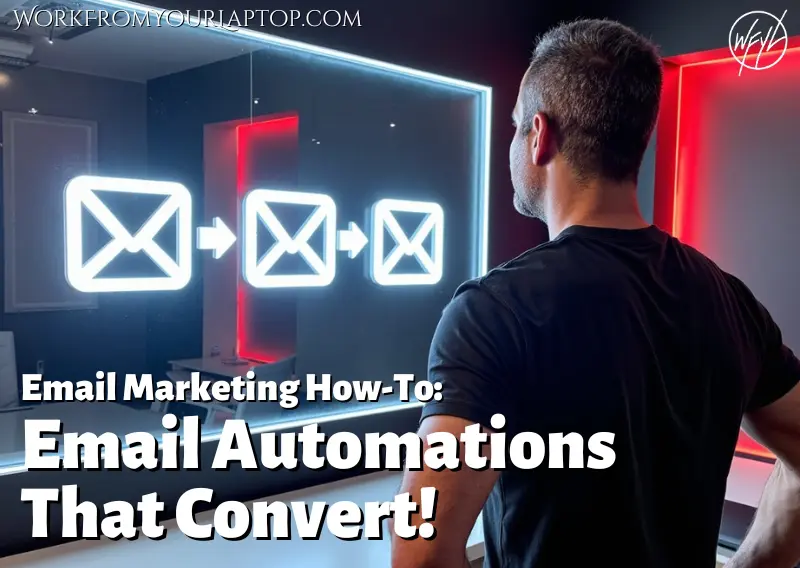
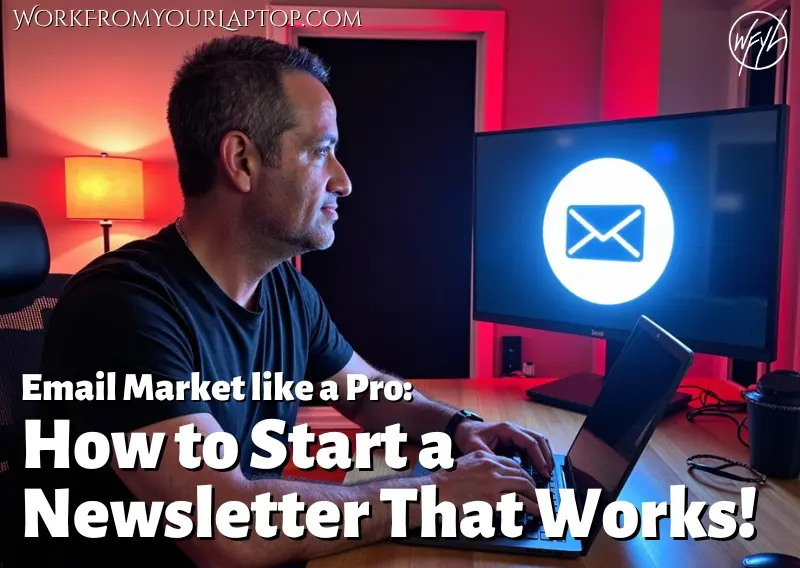
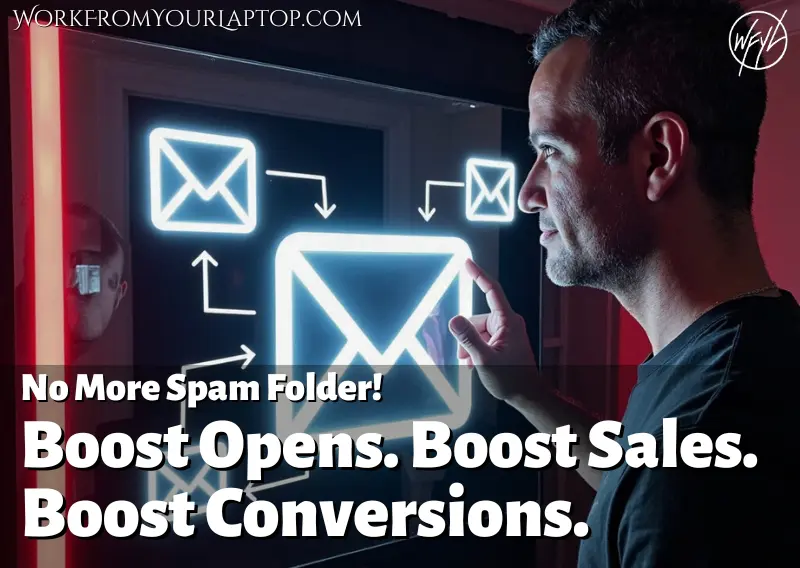
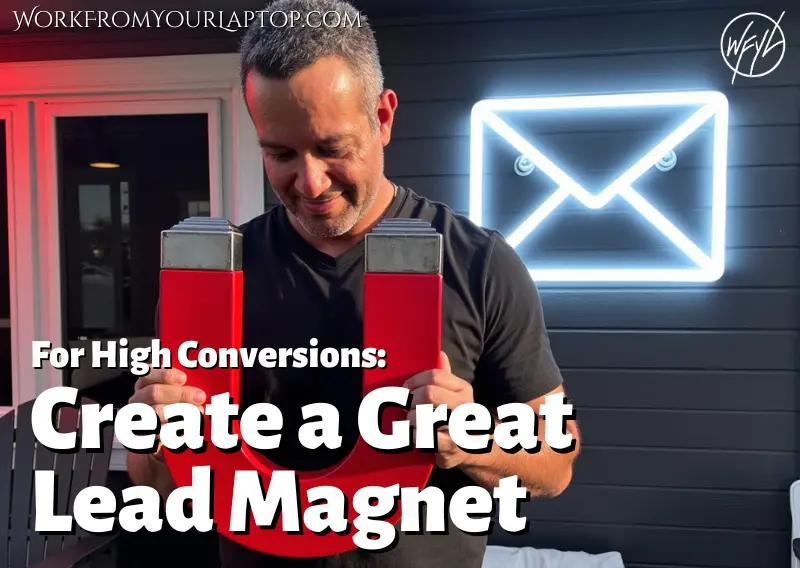
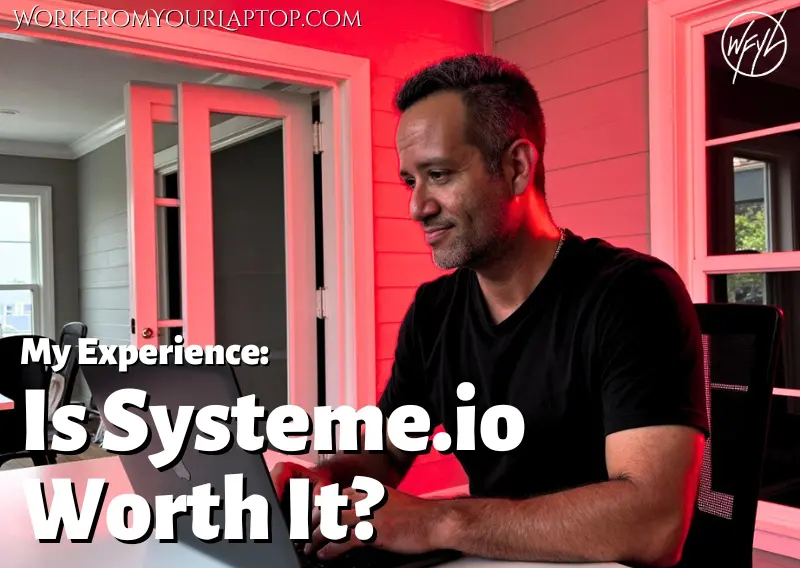
And how do you get people TO the landing page without ad spend?
That’s where organic traffic comes into play. When you’re creating quality content consistently that’s hitting on the pain points and questions your target audience is making, that’s when you land in the top spots on search engines even in this time of AI. It helps a ton to target less competitive, more granular keywords and searches. But over time, if you’re a content creating machine, you can rank even for more competitive topics. I’m a huge proponent of YouTube as well. I feel it’s easier to rank on YouTube that it is on Google. So with all your content acting like a hook in the water, that’s how you get people to the landing page. You create some calls to action in your content and offer value in exchange for an email. Does that make sense? What hurdles have you had so far?
Hi Eric
I joined Wealthy Affiliate in 2021, and that’s when I built my very first website. It’s been a learning journey ever since, and one thing I’ve realized is how important a landing page can be for user experience. Right now, my landing page is set to show my blog posts, but I’m considering creating something more intentional.
For beginners, what do you think makes a landing page truly effective? Should the main focus be on the design, or is it better to put the energy into the content first? Also, do I need to know coding to create a professional-looking landing page, or are there tools that make it easier for someone like me?
Would love to hear your advice.
Elke
So, right now what you’re describing as your landing page is just your homepage or blogroll. A landing page is built for one job only. Instead of giving people lots of options, it keeps their attention focused on a single action you want them to take. This action could be signing up to an email list via a lead magnet, watching a video, or clicking a buy button. Everything on the page from the headline, to the text, the design, and the CTA is all funneling the user to that one conversion. Landing pages normally don’t have menus or sidebars either because it’s all about getting your user to take the one action you want. ????????
GPT is actually really good at coding a landing page. You can just paste its code into an html block using the block editor and it can create a whole page from top to bottom and then you just work with it to tweak it as you go. Thanks for the comment!
Thanks you so much for the information.
Absolutely! Glad you enjoyed this.
Great article Eric. I have thought that an email list might make sense but I don’t have any free stuff to offer. My site offers help for small business planning. So it isn’t a product and I don’t have any quick “how to so’s” I would live to get your thoughts on this. Thanks, George
All you have to do is think about something your audience would benefit from that you can provide. For a site that helps with small business planning, even something as simple as a one-page “Business Planning Checklist” or “Top 5 Mistakes to Avoid When Starting a Small Business” can work as a lead magnet.